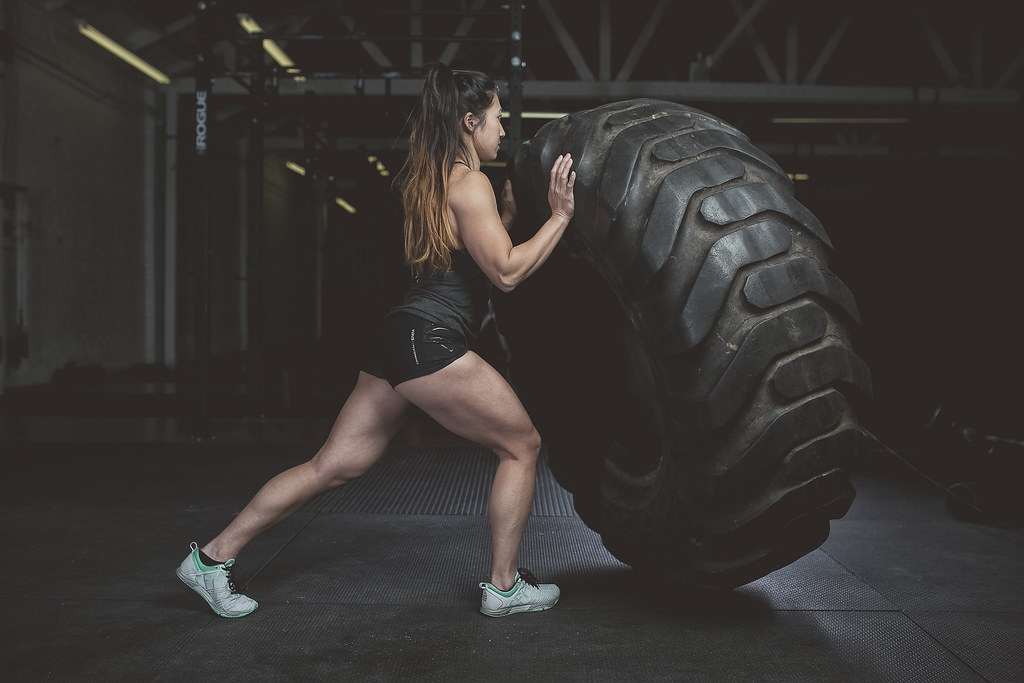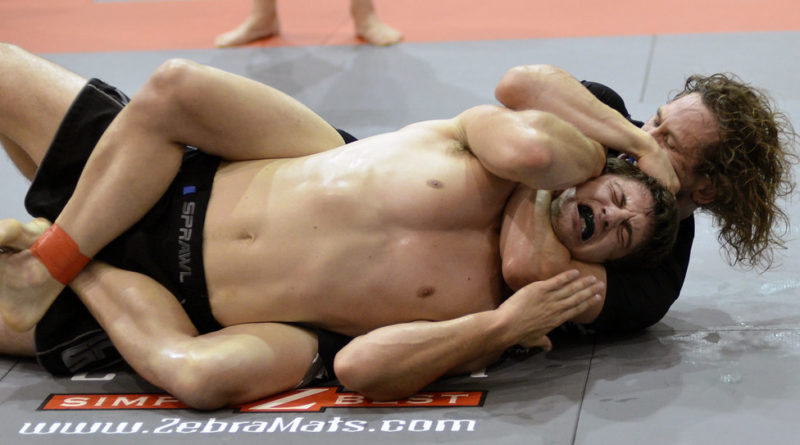The Best Conditioning For BJJ: Improve Your Cardio
Having good conditioning for BJJ is crucial for competitive and casual BJJ players alike. If you plan to compete at the highest level, you cannot afford to gas out in the finals. For recreational BJJ artists, having a good gas tank allows you to drill at higher intensities and longer before exhaustion. For ‘marathon rolls’ at open mats, you’ll be able to roll longer and enjoy the training more, if you aren’t dead tired by your third roll.
In the following article, we break down what conditioning for BJJ really means and the various energy systems used in human movement. We will go over some methods you can use for conditioning and sample routines to start improving your BJJ cardio.
What is Conditioning for BJJ?
Depending on who you ask, you will probably get a different answer for what it means to be ‘conditioned.’ Fundamentally, conditioning is the process of improving your body’s ability to use aerobic (oxygen-based) metabolism as an energy source. Without getting too bogged down in science, there are three fundamental ways your body provides energy for movement and biological processes. These systems are the creatine phosphate, glycolytic and aerobic metabolic pathways. Each system is used to some degree during exercise. The intensity of the exercise will determine the degree of reliance on each system. We will briefly discuss each to give you a better understanding of the implications for conditioning.
Creatine Phosphate System
The creatine phosphate system relies on a chemical called creatine phosphate to fuel the muscles very rapidly. It is primarily used during very intense exercise lasting less than 10 seconds. Heavy squats and explosive lifts rely primarily on this system and can be used to increase the maximum intensity you can exert.
While explosiveness can be useful for BJJ, the creatine phosphate system is arguably the least important when it comes to being conditioned for BJJ. This doesn’t mean you should never lift heavy, but that is a separate topic when it comes to BJJ strength and conditioning.
Glycolytic System
The glycolytic system relies on glucose as a fuel source in the absence of oxygen. It is primarily used during intense exercise lasting 10 to 30 seconds through a process called ‘anaerobic glycolysis.’ When glucose is used without oxygen present, the end result is lactate molecules. Lactate itself is not responsible for the ‘burn’ you feel during bursts of exercise such as intense guard passing in BJJ. However, when you do ‘feel the burn,’ you are using the glycolytic system.

The glycolytic system is important for BJJ since it provides energy for medium-length bursts. Intense scrambles and other grappling exchanges will rely heavily on this system. As such, methods such as circuit training and other medium duration intense exercise are a crucial component of BJJ conditioning. If you can out-scramble your opponent, you have a decided advantage in any circumstance.
Aerobic System
For exercise lasting longer than 30 seconds to a minute, the aerobic system will provide most of the energy for movement. As with glycolytic energy, the aerobic system uses glucose (although it can also use fat, which is a separate topic). The key difference between glycolytic and aerobic energy is the use of oxygen to metabolize glucose.
With the aerobic system, there is no buildup of lactate, and less of a ‘burn.’ The aerobic system can provide energy for much longer periods of time – upwards of several hours provided there is adequate fuel available. Good aerobic conditioning allows you to sustain higher power output without dipping into the glycolytic system. If you and your opponent are both exerting equal energy, but they are relying on anaerobic glycolysis – they will get tired before you.
A well-trained glycolytic and aerobic system is the key to having good conditioning for BJJ. If these systems are well trained, you will be able to sustain a higher output of power before you get tired. Additionally, if your aerobic system is in good shape, the burn from using the glycolytic system will dissipate much faster.
Training Methods For BJJ Conditioning
HIIT
The primary method used to improve the glycolytic system is high-intensity interval training (HIIT). HIIT is typically performed using ‘duty cycles’ of 20-30 seconds and active rest periods of similar length – although this can vary depending on the program.
You can use a variety of exercises when doing HIIT, provided you are using proper form. These range from jumping rope to aerodyne biking to kettlebell exercises. Even live BJJ drilling and rolling can be used for HIIT provided you go hard enough. Performing ‘shark tank’ training is a great way to dial in conditioning for BJJ competition.
Generally speaking, you want your HIIT intervals to mimic the typical intensity of the sport. Since BJJ often involves bursts of activity followed by brief periods of rest, intervals should be relatively short, as should rest periods.
LESS
LESS training stands for low-intensity steady-state. This type of training includes activities such as longer distance runs or swimming. Longer runs are often associated with martial arts conditioning. However, if you focus too much on LESS and don’t do enough intense interval training, you won’t be stressing the glycolytic system adequately.
Nevertheless, performing longer-duration cardio is a good way to improve the aerobic system. It is far less taxing on the body and joints than HIIT and can be performed more frequently with less risk of injury. As we mentioned, a good aerobic system can allow you to sustain higher intensities with less lactate buildup.
Getting Better At BJJ
The most important thing you can do to improve you BJJ conditioning is train BJJ. Rolling hard by itself will improve your conditioning. And better technique will improve your efficiency beyond what is possible with circuits alone.
Efficiency in your BJJ technique means you waste less energy defending, advancing position and submitting your opponents. If you roll with someone who’s above you in technique, your conditioning probably won’t matter that much – if at all.
Speaking for myself as a purple belt who does a lot of conditioning: When I roll with black belts, I still get my ass kicked. This is true even if the black belt in question is out of shape.
Conditioning Routine For BJJ
There are a lot of great options for conditioning for BJJ. As we mentioned, before going to HAM on the conditioning – make sure you are getting at least three solid days of BJJ training per week, in addition to recovery. Assuming that’s the case – the following is a conditioning routine that does not require hours in the gym. If you are getting good BJJ technique training in, this routine will benefit you immensely.

HIIT Intervals – Twice Per Week
Start with three rounds and work up to five or six. Then dial it back for a week and start over with heavier weights or higher intensity. We recommend planning to ‘peak’ at around week five.
Five sets of 20 seconds on, 20 seconds off – pick one or several of the following exercises (you can substitute with similar exercises as well.)
- Jumping rope
- Kettlebell swings/cleans/snatches
- Aerodyne/Assault bike sprints
- Tire flips
- Burpees
LESS Cardio (No, Not Less Cardio)
Two to Three times per week:
30-45 minutes of jogging, cycling, or swimming
Wrapping Up: BJJ Conditioning
This is simply a brief overview to begin understanding conditioning for BJJ. If you want a more in-depth breakdown – check out the following video from Juggernaut Training Systems on conditioning for BJJ. Other than that, good luck and get after it!

